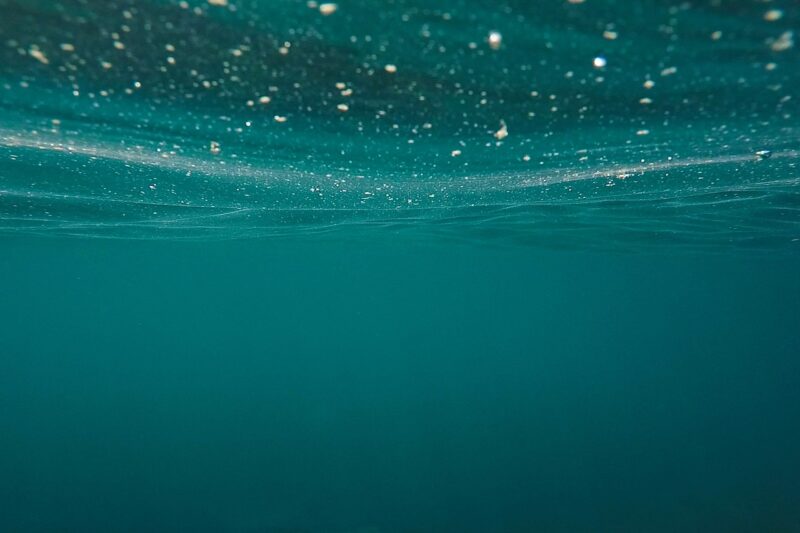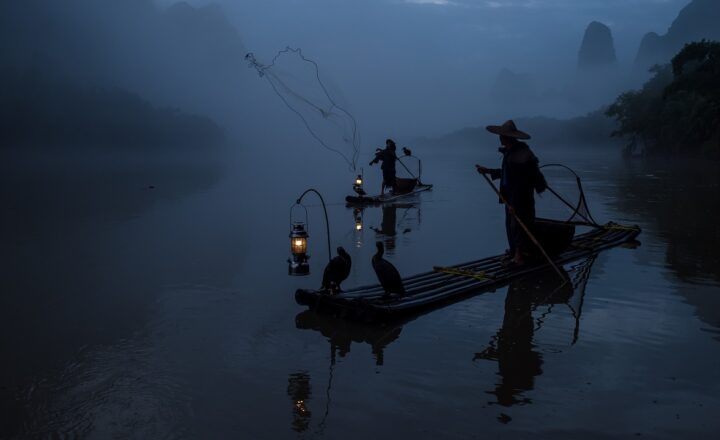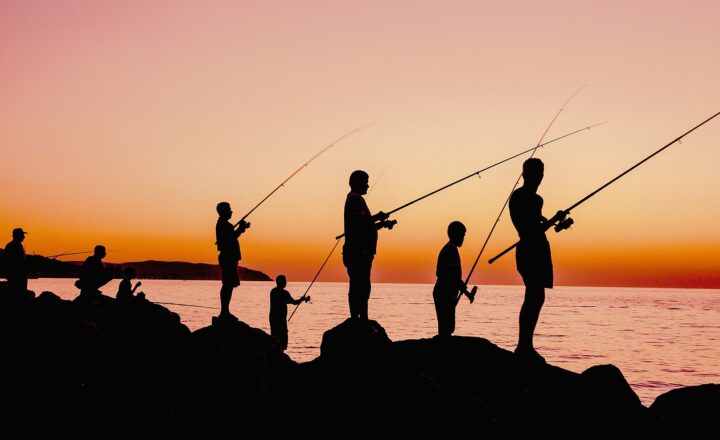The Art of Spearfishing and How It’s Practiced in Different Cultures
November 11, 2024

Spearfishing is an ancient practice that combines skill, patience, and a deep understanding of marine ecosystems. What began as a method of survival for our ancestors has evolved into a popular sport and recreational activity enjoyed by many around the world. In this article, we’ll delve into the history, techniques, and cultural significance of spearfishing in various regions, exploring how this activity uniquely shapes lifestyles and communities.
1. A Brief History of Spearfishing
Spearfishing traces its roots back to prehistoric times, with evidence dating back to the Paleolithic age. Early humans used rudimentary tools made of wood and bone to hunt fish for sustenance. As civilizations developed, so did the art of fishing, with cultures around the globe adopting their own techniques and tools.
In ancient Egypt, hieroglyphs depict fishermen using spears to catch fish in the Nile River. Similarly, South Pacific Islanders relied on handcrafted tools made from natural materials, employing spearfishing as a means of acquiring food and trade. Over time, the advent of modern technology brought advancements to spearfishing, yet traditional methods remain integral to many cultures today.
2. Techniques and Gear Used in Spearfishing
Successful spearfishing requires a blend of techniques and specialized equipment. Depending on the region and local practices, techniques may vary, but some common methods include:
- Static Spearfishing: This involves waiting quietly in the water, often camouflaged, for fish to swim within range. Patience is crucial as one seeks to blend into the environment.
- Diving Spearfishing: Many spearfishers use snorkeling or scuba gear to dive underwater, allowing them to pursue fish and practice techniques like free diving, which requires excellent breath control and stamina.
- Hunting Techniques: Some hunters employ techniques such as “ghosting,” wherein they move extremely slowly through the water to avoid startling fish, while others utilize bait to lure fish closer to their range.
As for equipment, traditional spearfishers may use handmade spears, while modern enthusiasts often opt for:
- Spearfishing Guns: These devices shoot a spear using a compressed air mechanism, providing greater distance and precision compared to traditional spears.
- Wetsuits and Fins: Essential for maintaining body heat in cooler waters while allowing freedom of movement and better swimming efficiency.
- Snorkels and Masks: Allow clear vision and breathing while submerged, enhancing the overall experience and effectiveness of the hunt.
3. Cultural Significance of Spearfishing around the World
Spearfishing is not just a method of catching fish; it carries deep cultural meanings that differ from region to region. Here, we explore how various cultures practice spearfishing and what it represents in their lifestyles:
3.1. Polynesia: A Sacred Tradition
In Polynesian culture, spearfishing is regarded as a rite of passage and is deeply intertwined with the cultural identity of island communities. Traditional practices dictate the types of fish to catch, which species should be released, and rituals that surround fishing trips. After a successful catch, fish are often presented to family or community members as a symbol of respect and gratitude.
The art of spearfishing in Polynesia also forms part of cultural narratives and legends, where fishermen are celebrated as heroes. Conservation efforts are also prevalent, with many who engage in spearfishing emphasizing sustainability and the need to protect marine habitats.
3.2. Japan: The Ancient Art of Okeiko and Ikejime
In Japan, spearfishing practices date back hundreds of years, with women known as “ama” traditionally diving for seafood. These skilled divers are celebrated for their deep connection to the ocean and their sustainable approach to hunting.
Moreover, Japan also has unique methods such as “okieko” where divers use spears to catch fish while maintaining high ethical standards for the preservation of stocks. Techniques like Ikejime are used to ensure fish are killed quickly for both ethical reasons and to preserve quality. This ancient practice reflects a profound respect for the marine ecosystem and food culture.
3.3. Mediterranean: The Revival of Blue Water Hunting
In Mediterranean cultures, spearfishing is often viewed as a sport and recreational activity, with training schools and competitions designed to hone techniques and skills. Countries like Greece and Italy have a rich history of spearfishing, and this has led to the establishment of strict regulations to protect marine life.
Today, Mediterranean communities engage in spearfishing not only for sustenance but also to foster social bonds among families and friends, establishing a deep emotional connection between individuals and the sea.
4. Health Benefits and Environmental Impact of Spearfishing
Spearfishing offers several health benefits and advantageous impacts on the environment, including:
- Physical Fitness: Spearfishing engages the whole body, promoting cardiovascular fitness and muscle strength while also improving flexibility and balance.
- Mental Well-being: The meditative aspects of spearfishing encourage mindfulness and relaxation, providing an escape from daily stresses.
- Sustainability Practices: Many spearfishers prioritize selective fishing, choosing only specific species to capture, which aids in preserving marine ecosystems and maintaining biodiversity.
- Community Engagement: Spearfishing often brings families and communities together, reinforcing local traditions and shared identities through collaborative hunts and celebrations of successful catches.
5. Conclusion: Embracing the Art of Spearfishing
The art of spearfishing is a dynamic blend of tradition, skill, and connection with nature that spans across cultures and generations. From its historical roots in survival to its modern-day appeal as a sport, spearfishing stands as a testament to our relationship with the ocean.
As awareness of sustainability practices grows, spearfishing serves as an example of how tradition can coexist with environmental responsibility. Whether you are a seasoned spearfisher or a curious beginner, understanding the cultural significance and technical elements of this ancient practice will enhance your appreciation for the art of spearfishing and inspire respect towards our oceans and aquatic resources.
Now more than ever, it is crucial to recognize that we are stewards of our marine environments. By engaging in sustainable spearfishing practices, we can ensure that future generations enjoy the same thrill and connection to the sea that this timeless activity delivers.







